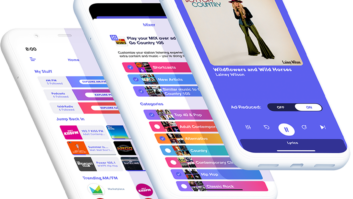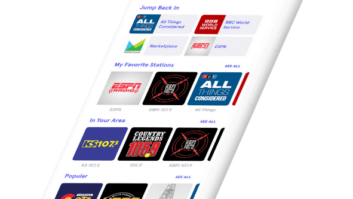The iOS App Store launched in 2008 with 500 apps, according to the Business of Apps website, which says that today, the App Store has 1.85 million different apps available to download, while Android users have 2.56 million on the Google Play Store.
We asked a few Radio World readers and contributors to name their favorite apps.
1. Camera
 Perhaps the most useful app of all, and easily overlooked is your phone’s camera.
Perhaps the most useful app of all, and easily overlooked is your phone’s camera.
“I constantly document wiring and changes with it so I can update drawings,” said RW contributor Dan Slentz. “Also, when working on gear or a transmitter, I tend to snap a lot of pics just in case I ‘misplace’ a wire or component so I remember where it went.”
Workbench readers know that columnist John Bisset has long preached often about the usefulness of your phone’s camera in troubleshooting and educating your boss about the work you do.
2. SatFinder Lite
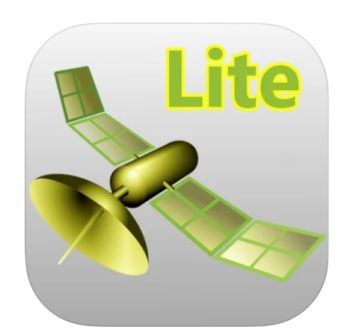 Randy Williams, chief engineer at Learfield, recommends SatFinder Lite from , free for Apple and Android users, as a tool to help in setup and alignment of a satellite dish or antenna.
Randy Williams, chief engineer at Learfield, recommends SatFinder Lite from , free for Apple and Android users, as a tool to help in setup and alignment of a satellite dish or antenna.
“A user can program the satellite name or orbital slot from the list of satellites provided, and save to your settings. Then the app syncs to your phone’s internal GPS, compass and camera features, allowing you to point the camera of the phone toward the horizon. And it will display the satellite arc and the location of the satellite you are looking for by look angle.”
Williams says the app isn’t a precision instrument but will get you 95% of the way there in tuning your satellite antenna by giving you azimuth/elevation data from the camera lens to get a dish in the reception ballpark.
The app works for DirectTV, DishNetwork and C-Band satellite locations.
3. Luci Live Lite
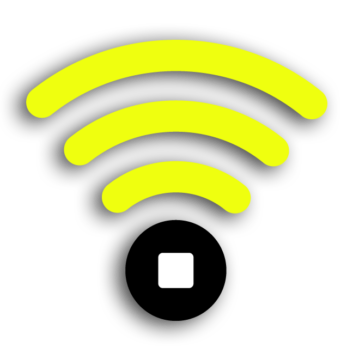 Engineers like Greg Dahl of Second Opinion Communications and Tony Peterle of WorldCast Systems useCi various versions of Luci Live for audio streaming over IP. It’s made by Technica del Arte, which offers wideband codec apps for iPhone and Android.
Engineers like Greg Dahl of Second Opinion Communications and Tony Peterle of WorldCast Systems useCi various versions of Luci Live for audio streaming over IP. It’s made by Technica del Arte, which offers wideband codec apps for iPhone and Android.
“These are considered among broadcasters to be the easiest-to-use and best performing apps on the market,” writes Comrex in a tech note. There’s info on the Technica del Arte website about how to connect their apps to studio codecs from Comrex, Telos, Orban and other manufacturers.
“Even the SE version has everything I need,” says Tony Peterle. “Bidirectional stereo audio streaming with a variety of algorithms from which to choose. Very useful when trying to diagnose why a particular stream isn’t arriving at a particular site. Put Luci Live in the middle and find out which end has the blockage. Hint: It’s usually the receiving end, where public traffic has to transit a firewall, but it’s nice to be able to confirm and show that to others.”
4. Cisco AnyConnect Secure Mobility Client
 “Using a VPN for remote access to your facility’s network is critical to maintaining security and protecting against external attacks,” says Shane Toven, senior broadcast engineer for Educational Media Foundation.
“Using a VPN for remote access to your facility’s network is critical to maintaining security and protecting against external attacks,” says Shane Toven, senior broadcast engineer for Educational Media Foundation.
“Depending on your network infrastructure, you may have a manufacturer specific client, or you may be able to use the client built into your phone’s operating system.”
5. Microsoft Remote Desktop Client
 “Microsoft Remote Desktop Services is a common means of accessing Windows systems remotely, and is built into most versions of Windows,” says Shane Toven. “It can be used in conjunction with a VPN client, or configured with a gateway server for external access.”
“Microsoft Remote Desktop Services is a common means of accessing Windows systems remotely, and is built into most versions of Windows,” says Shane Toven. “It can be used in conjunction with a VPN client, or configured with a gateway server for external access.”
Use Microsoft Remote Desktop for iOS or Android to connect to a remote PC or virtual apps and desktops made available by the admin of your organization.
6. Angry IP Scanner
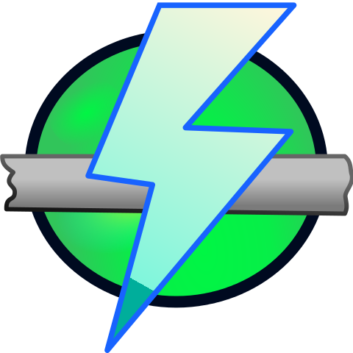 “This app will scan the currently connected subnet, or any other reachable subnet, for active hosts,” says Paul Thurst, principal/owner of Data Wave. “It can also be used to find open ports. I like this particular IP scanner because there is also a PC version that operates the same way.”
“This app will scan the currently connected subnet, or any other reachable subnet, for active hosts,” says Paul Thurst, principal/owner of Data Wave. “It can also be used to find open ports. I like this particular IP scanner because there is also a PC version that operates the same way.”
This is free, open-source software written by Anton Keks, co-founder of Codeborne. It runs on Linux, Windows, and Mac OS X.
“Angry IP scanner simply pings each IP address to check if it’s alive, then optionally it is resolving its hostname, determines the MAC address, scans ports, etc. The amount of gathered data about each host can be extended with plugins,” according to its website https://angryip.org/. It has additional features, like NetBIOS information — computer name, workgroup name, and currently logged in Windows user — favorite IP address ranges, web server detection and customizable openers.
7. Electrodoc Pro
 Paul Thurst likes this app, formerly called Electrodroid, for its many useful collection of electronics tools and references including Ohm’s law, resistor color code, filers, voltage divider, reactance/resonance, resistor series/parallel, capacitor series/parallel, NE555 calculator and more, as well as converters including dB to Watt, frequency, and analog to digital. It also has an extensive list of pinouts.
Paul Thurst likes this app, formerly called Electrodroid, for its many useful collection of electronics tools and references including Ohm’s law, resistor color code, filers, voltage divider, reactance/resonance, resistor series/parallel, capacitor series/parallel, NE555 calculator and more, as well as converters including dB to Watt, frequency, and analog to digital. It also has an extensive list of pinouts.
8. Units Plus Converter
 “This is what it sounds like, a converter for almost any unit into any like unit,” says Paul Thurst.
“This is what it sounds like, a converter for almost any unit into any like unit,” says Paul Thurst.
The app, developed by Alan Mrvica, includes tools to convert area, computer data, fuel mileage, length, power, pressure, speed, temperature, time zones, volumes dry and wet, and weight/mass. It also can convert 155+ world currencies.
9. Datadog
 Another app recommended by Shane Toven of EMF. “This service allows you to create custom dashboards to monitor all of the systems and applications within your infrastructure at a glance. Its companion app makes those dashboards readily available on your smartphone or tablet.”
Another app recommended by Shane Toven of EMF. “This service allows you to create custom dashboards to monitor all of the systems and applications within your infrastructure at a glance. Its companion app makes those dashboards readily available on your smartphone or tablet.”
Datadog is a monitoring and security platform for cloud applications. It integrates and automates infrastructure monitoring, application performance monitoring and log management.
What’s your fave? Tell us your favorite app and why. Email [email protected].






